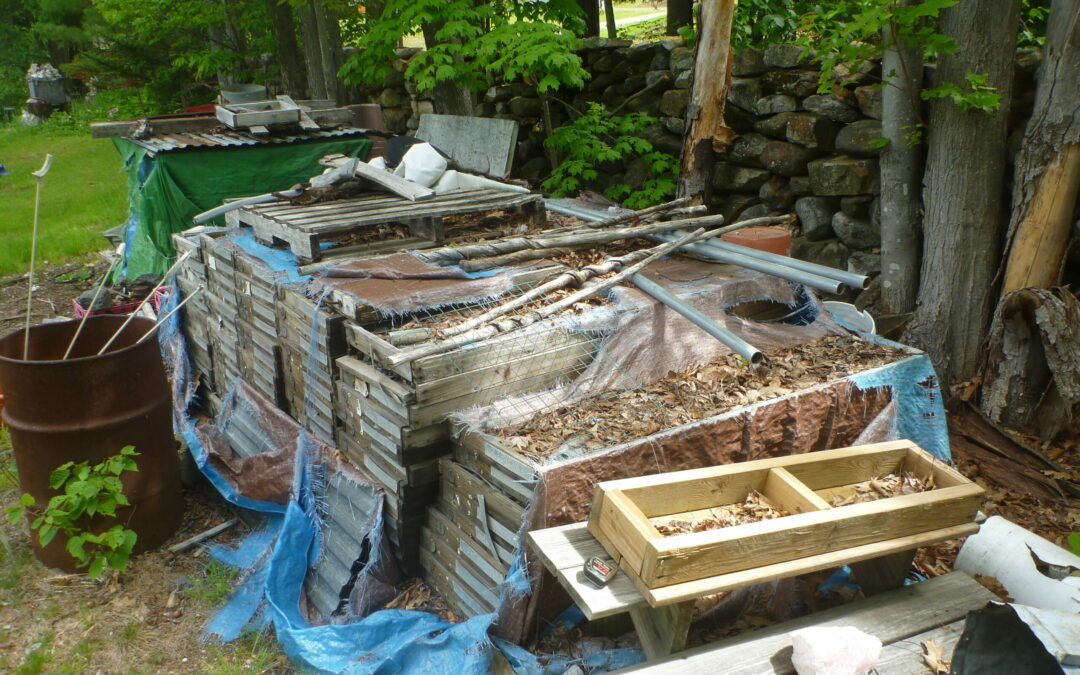One of the most unusual bits of New Hampshire geology – 19 tons of rock core from the deepest hole ever drilled in the state – have found a final resting place after years of uncertainty.
The core was transferred last year (I’m a bit late on this) to Rutgers IODP Core Repository, which stores geological samples from various drilling projects so they can be studied now and in the future.
I first wrote about the cores in 2022. You can click through (here!) to read it all, but here’s the tl/dr summary:
In 1975, as part of post-OPEC Oil Embargo search for alternative energy, drilling went down some 3,000 feet near Conway, bringing up a long, skinny core of rocks that was analyzed by the state geologist to see if the site could generate enough heat for geothermal energy. This is heat from radioactive decay of granite, not magma bubbling up from below.
The analysis found that a type of bedrock called Conway red granite showed potential to produce viable amounts of heat but it only extended down about 150 feet. It needed to go much deeper to be worthwhile, so the project was shelved – although you’ll sometimes see Conway listed as a potential site for geothermal energy.
The 38,00 pounds of rock cores were piled in the backyard of a guy in Wear for decades before grants were found to move it to Rutgers.


 Return to the Concord Monitor
Return to the Concord Monitor